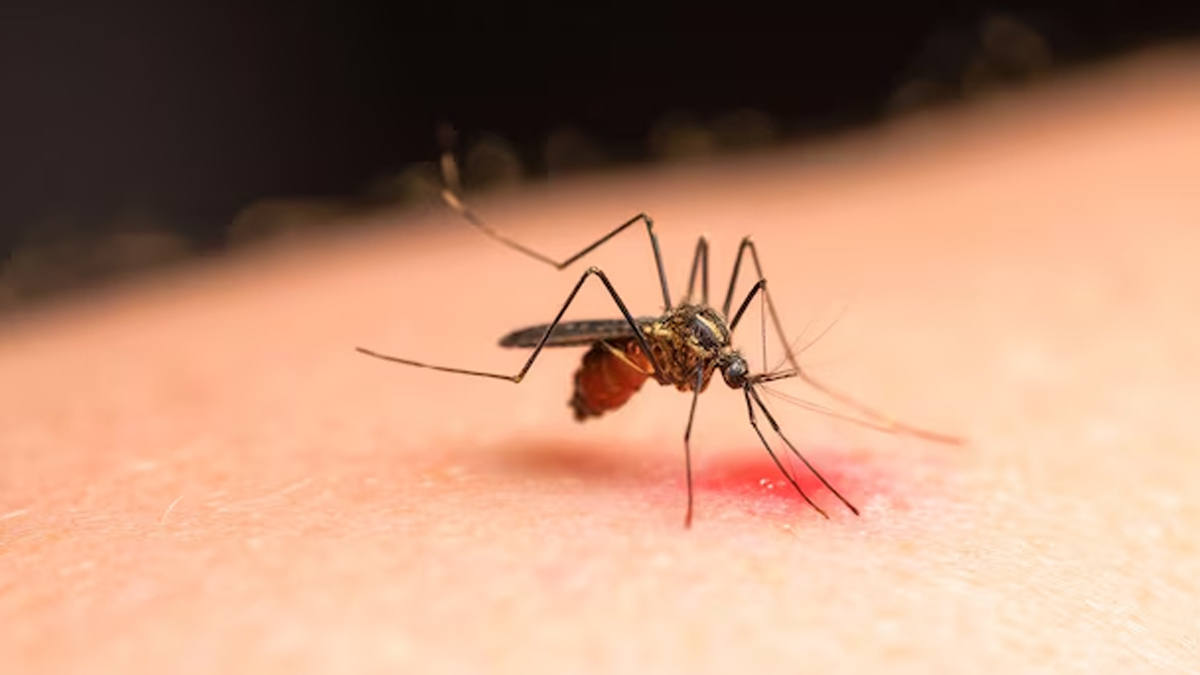
Over 100 mm of rain fell on the nation's capital in two hours on July 29. This caused major flooding in residential areas, hospitals like Safdarjung, and important roads, which stopped traffic and prompted the Delhi Traffic Police to issue several advisories. The streets, especially in the inner parts of the city were filled with water and you couldn’t move from one alley to the other. And the waterlogging doesn’t just confine itself to the national capital. During monsoons, cities around the country report waterlogging. And it is not just about traffic and shopping for groceries, the waterlogging often involves filthy water from the drains and has several health risks. What are those? Let us find out.
Table of Content:-
Health Risks Of Waterlogging
Dr Samad Hurra, General Physician, Civil Hospital, Amritsar, Punjab lists some of the common dangers associated with waterlogging.
Waterborne Illnesses:
Cholera: dehydration and severe diarrhoea are the hallmarks of cholera. Spreading through contaminated drinking water the symptoms are not treated right away and can cause dehydration and even death.
Also Read: Gum Disease And Headaches: Is There A Possible Link?

Dysentery: these infections result in fever, abdominal pain, and severe, bloody diarrhoea. Their main means of transmission are tainted food and water.
Typhoid Fever: Prolonged fever, weakness, headache, nausea, and stomach pain are some of the symptoms of the disease, which can be lethal if left untreated.
Vector-Borne Diseases:
Malaria: Floods leave large bodies of standing water, which becomes breeding grounds for mosquitoes, specifically Anopheles species, which transmit malaria. Symptoms include fever, chills, and flu-like illness. If malaria is not treated, it can become severe or even fatal.
Dengue Fever: Like malaria (and just like malaria, dengue also is transmitted by mosquitoes; primarily Aedes Aegypti), causes high fever, severe headache, pain behind the eyes, joint and muscle pain, rash, and mild bleeding. Severe dengue can cause hemorrhagic fever and be fatal.

Respiratory Infections:
Asthma and Bronchitis: High humidity levels and damp conditions are conducive to mold growth, which can aggravate respiratory conditions such as asthma and bronchitis. Living in damp homes results in mold spores, which can lead to asthma attacks and long-term bronchitis.
Pneumonia: Secondary bacterial infections or infection of the lungs can occur from the action of breathing in contaminated water droplets or being infected with viruses like the flu. In some cases, viral infections are more likely in wet conditions and in crowded home situations, which is often the case with many people who lose their homes to floods.
Also watch this video
How we keep this article up to date:
We work with experts and keep a close eye on the latest in health and wellness. Whenever there is a new research or helpful information, we update our articles with accurate and useful advice.
Current Version
